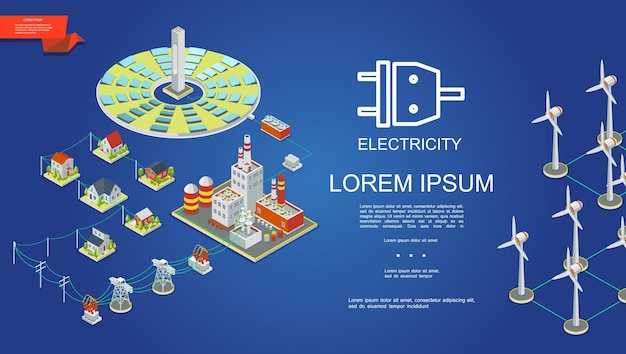Power Technologies: Navigating the Challenges

Bruce Haug from Linear Technology explores a new approach to handling power surges in trucks and heavy machinery.
Trucks, cars, and heavy equipment present tough challenges for power conversion devices. These environments have wide operating voltage ranges, large transients, and extreme temperature variations, making it difficult to design reliable electronic systems.
Many applications also require power conversion devices to operate under the hood, where temperatures can reach up to 150˚C. With electronic components increasing and available space decreasing, high efficiency and the ability to handle input surges are more important than ever.
Automotive power systems must be reliable, even during load dumps, cold cranks, or high temperatures. Normally, a 12V battery operates between 9 and 18V, while a 24V system ranges from 21 to 36V. However, load dump transients can push voltages over 120V for several hundred milliseconds.
Load dumps occur when the alternator is charging the battery, and a sudden disconnection happens, temporarily breaking the circuit. This common issue can result from a physical disconnection, faulty cable, or corrosion at the battery terminals. Until the voltage regulator catches up, the alternator’s full charge hits the power bus, potentially causing dangerous voltage spikes.
Long power supply lines from the engine compartment to the farthest parts of the vehicle add another layer of complexity. Modern cars have about 1.6km of copper wire compared to 45m in 1948. These long wires’ inductive properties can cause higher transient levels than seen in load dumps. For instance, tail light electronics must withstand transients up to 100V, posing challenges for IC-based parts like LED regulators.
Besides, several systems need continuous power when the engine is off, like remote keyless entry, GPS, and security systems. These systems require DC-DC converters with low quiescent current to extend battery life during sleep mode. The regulators typically operate in normal switching mode until the output current drops below 30 to 50mA. At lower currents, they switch to lower quiescent current mode to reduce battery drain.
Critical systems must endure and function seamlessly through such transients. Traditionally, vehicles have used passive protection networks with low-pass LC filters and transient voltage suppression arrays to manage power bus voltage spikes. However, a high input voltage DC-DC step-down controller can handle these surges and protect downstream components without extra surge suppression devices.
This new approach uses a non-isolated synchronous step-down switching regulator controller that drives all n-channel MOSFET power stages. It operates from a 4 to 140V (150V max) input voltage range, managing high voltage surges without needing external surge suppression. This device continues to function even during dips in input voltage.